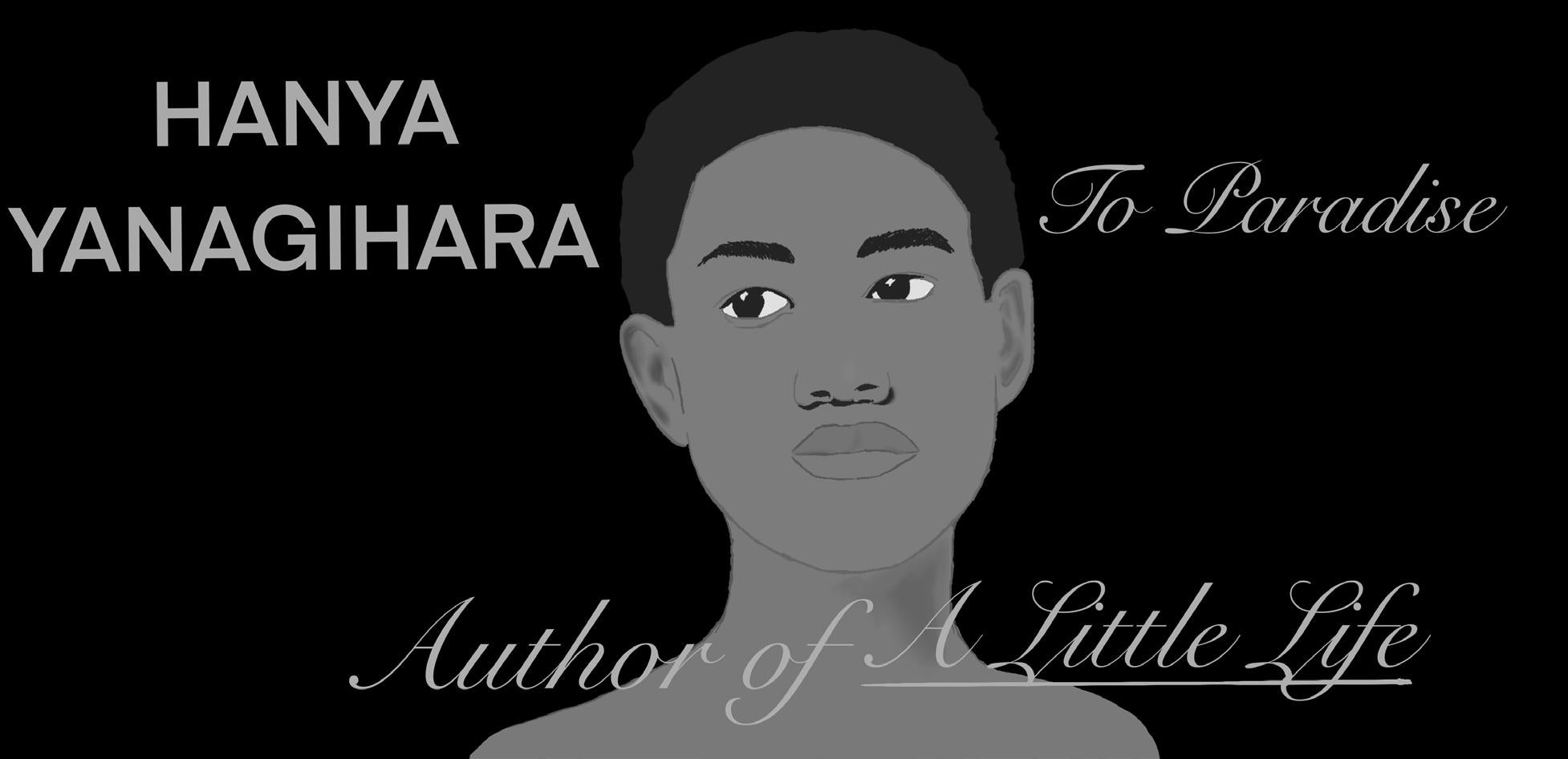
3 minute read
OPINION
Separating art from artist
Relying on “how-to” guides for antiracism and pushing away controversial literature is harming our scope of understanding.
Advertisement
Over the past decade, English class reading lists nationwide have been embracing the works from authors including Ta-Nehisi Coates, Robin Diangelo, and Crystal M. Fleming — champions of modern liberal literature. Their supporters have since pushed against the curriculum implementation of work by controversial writers, notably on classical authors like Rudyard Kipling, Jack London, and Ernest Hemingway, for varying reasons among racism, sexual misconduct, or misogyny. Ideally, the removal of these books welcomes a friendlier learning environment, sustained by the inclusion of “progressive” books.
However, some believe that true critique values creative pieces for its existence alone, without regard to its artist. It is an endless and aimless debate, separating art from artist or not, but as for literature, the exclusive inclusion of politically correct, liberal books and the notion of “safe spaces” is more harmful and counterproductive than its proponents claim.
In reality, separating art from artist is impossible. Artists cannot transcend their own experiences, and instead, are influenced by their lives in how they think and what they produce, just like everybody is. It is undeniable that most, if not several artists –musicians, painters, and writers alike – do not belong on a moral high ground, and these wrong-doings certainly gave insight into the intent of their work. Regardless, consuming a product of theirs does not make readers complicit to those actions.
Reading or learning is not always meant to be pleasant, and it is the opposing belief that limits discussion in classrooms. The notion of “safe spaces” stems from the same post-war liberalism that created modern censorship in the first place. Molding information to be digestible for liberal, white audiences is the phenomenon that prevents truth and progress. Liberal books with titles like White Fragility or How to be Less Stupid About Race seek to educate those audiences, once again following history’s tendency to uplift white experiences instead of authentic, powerful critiques on race that come from Black radical tradition.
As for classroom curriculums, it is unreasonable to only empower these liberal books for students because it is unreasonable to expect all authors to be virtuous; expecting such is a part of a long tradition in American literature where art was meant to coincide with religion and purity. Early American families rejected controversy in the name of preventing chaos, and this included certain books. Even centuries later, this behavior still remains in most art-politics: journalism, social media, and in school, for instance.
Policing art to a point of ignorance prevents the spread of true history and the call for true progress because it discourages questions and curiosities. Considering practicality alone, it is only fair to assess an author’s background as a component of their work.
The lesson here extends past literature, and into a more theoretical discussion of morality and perceptive morality. People tend to believe that compelling narratives are always connected to compelling ideas and compelling people, while this is an illusion that is reinforced by refusing to hear a side different from your own. As for larger issues that liberal literature claims to conquer, there is no such thing as a how-to book for antiracism. It is this that allows white readers to develop their own narratives on racial literacy, which is the opposite of the point. Liberalism has always avoided explicit confrontation, but it is not possible to read a way out of conflict. Isolating a library to follow this idea will not create the progress it is advertised to do. Instead the goal should be a fuller scope of truth, in that a true want to understand and grow comes from a want to understand all of it – the meaning behind classical literature, liberal books, and everything in between.
Boos & Bravos
Tiger’s cheers and jeers for the month of February
BOO to the Chinese spy balloon. That is not the way to Angel Falls.
BOO to two-step verification. You're unnecessary and no one likes you.
BOO to happily-ever-afters. When will it be my turn?
BOO to sleep. I don't need it, it needs me.
BOO to invasive questions from relatives. No, I'm not pregnant and no, I don't have a future.
BOO to my 2014 Macbook Pro. NASA, she's ready for take-off in three, two, one!
BRAVO to Swimming Upstream. We're totally not biased at all.
BRAVO to couples on Valentine's Day. You do not fill me with existential dread.
BRAVO to the Phantom of the Opera. SING FOR ME!
BRAVO to Nintendo World. You're healing my inner child coin noise by coin noise.
BRAVO to people who watch Instagram Reels. Confidently four months behind.
BRAVO to Madame Kanner. Your letter slapped.








